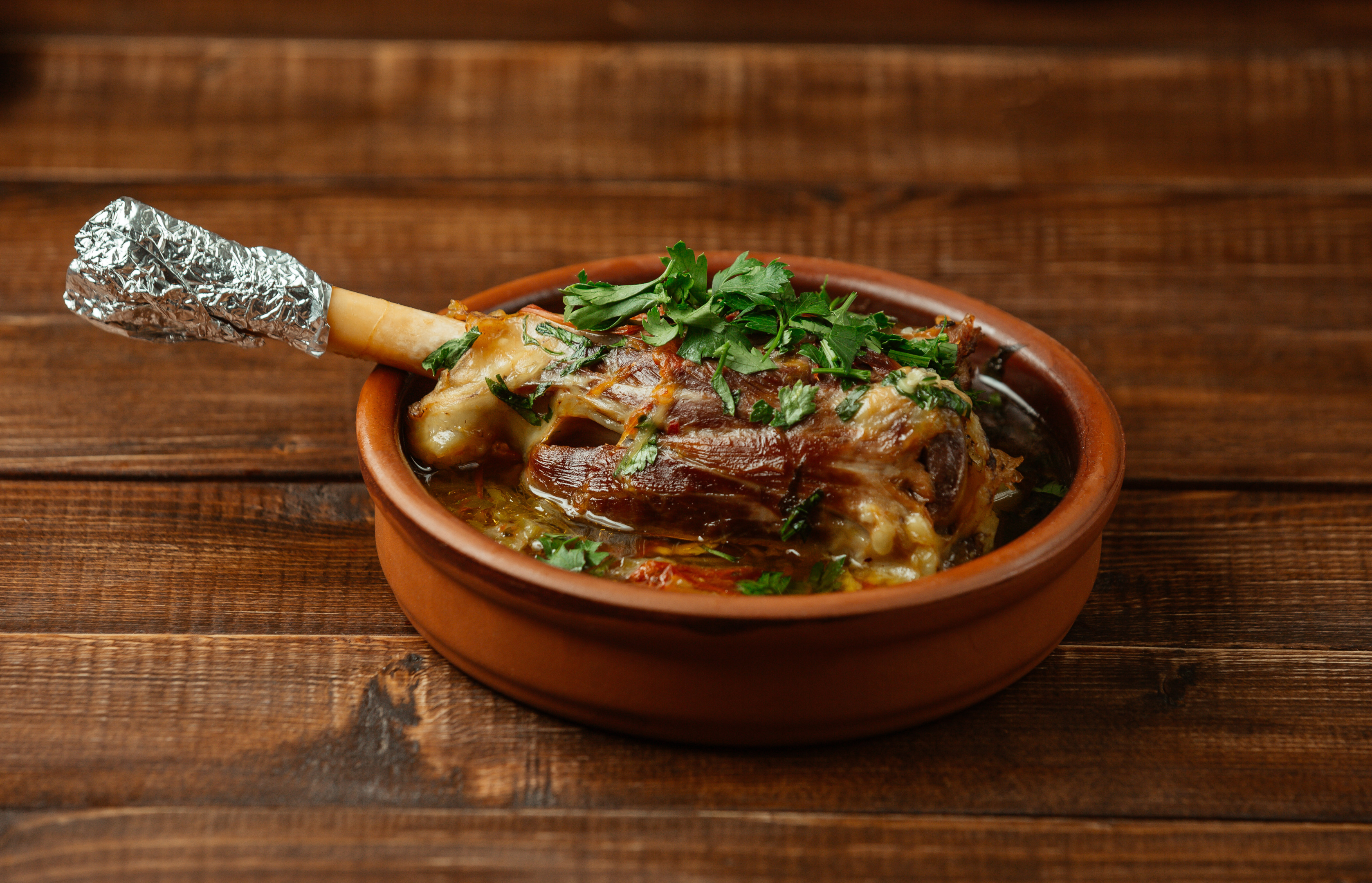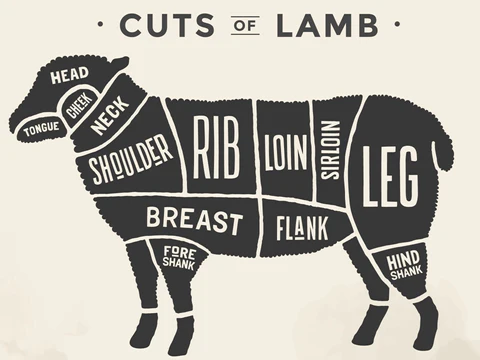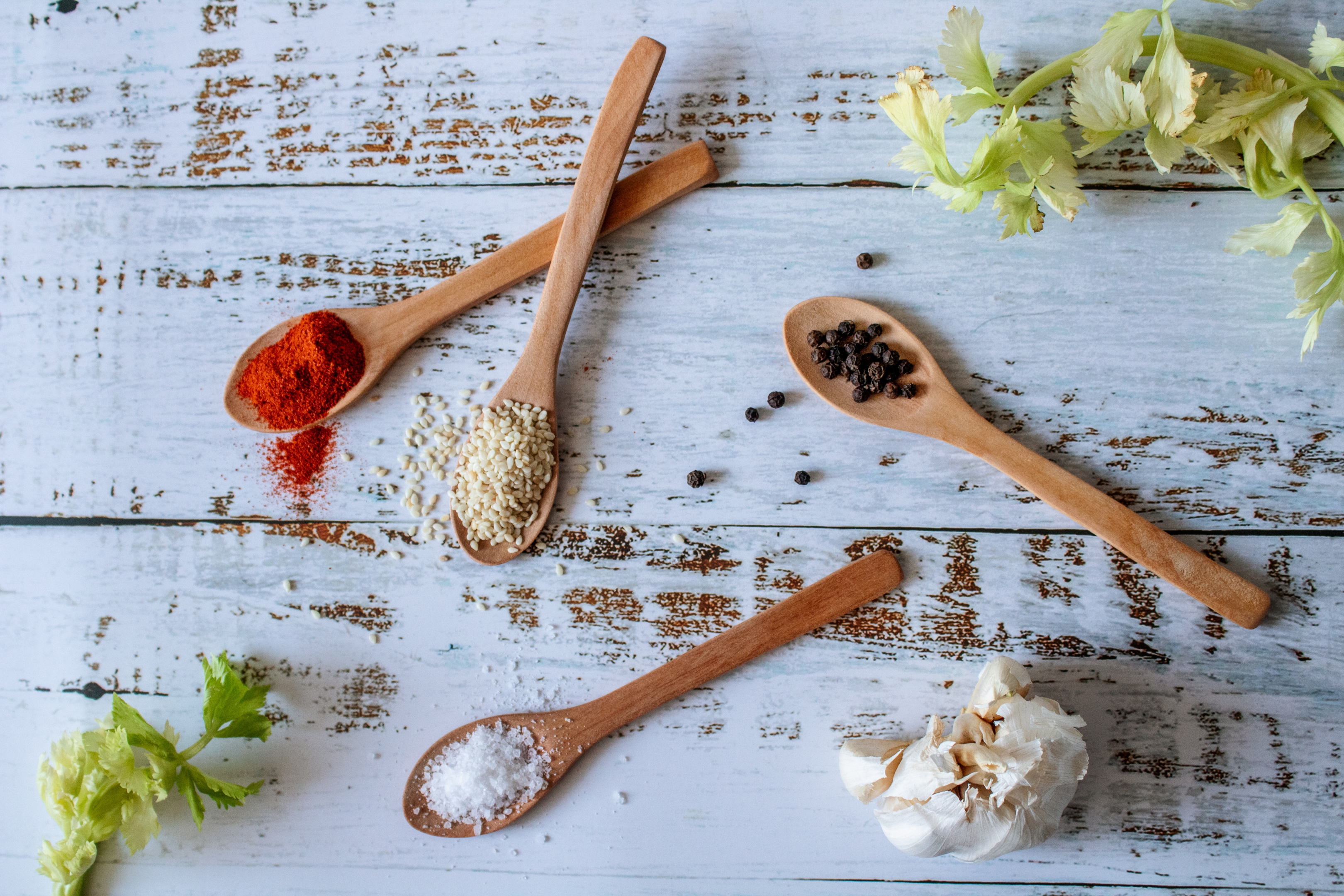Lamb Slow Cooker Recipes
There's something undeniably special about a dish that has been simmering for hours, revealing flavours that only time can unlock. Among the meats that grace our tables, lamb stands out as a timeless favourite, tenderly yielding to the slow cooking process in a way few others can. The rolling hills of Scotland, where lambs live a stress-free life and graze under the watchful eyes of dedicated farmers, produce some of the finest lamb in the world. As you savour the rich, mouthwatering taste of Scotch Lamb, it is a testament to not only the exceptional care of quality-assured farms but also the universal appeal of the slow cooking method that transcends boundaries and cultures.
This culinary journey will delve deep into the origins of slow cooking, its worldwide adaptations, and the unique relationship between this age-old technique and the finest succulent Scotch lamb. So, as the aroma of slow-cooked lamb wafts from the kitchen, let's explore the rich tapestry of history, tradition, and innovation that brings it to our plates.
We have a lamb recipe for every occasion, so grab your apron and let's slow-cook together!
The Origins of Slow Cooking
Slow cooking is more than just a culinary technique; it is a time-honoured tradition that connects us with our ancestors. Utilising low temperatures and extended cooking times, slow cooking tenderises the meat and unlocks rich, deep flavours. From ancient clay pots to modern electric slow cookers, this method has evolved, reflecting the culinary history of civilisations across the globe.
#1: Ancient Traditions
The roots of slow cooking can be traced back to ancient civilisations. In Ancient Egypt, Greece, and Rome, meats and stews were cooked in clay pots over low heat for several hours, allowing flavours to meld and tough meats to soften. These techniques were not merely about taste; they also served as a means of preservation in times when refrigeration was not available.
#2: Cultural Adaptations
Slow cooking has manifested in various forms across different cultures:
- In French Cuisine: In France, the art of slow simmering meats in red wine or white wine and herbs created iconic dishes like coq au vin.
- In Chinese Cuisine: The Chinese tradition of slow braising meats with aromatic spices has created deeply flavoured stews and ramen dishes.
- In African Cuisine: Across the African continent, slow stewing of meats with vegetables and grains has been a staple in many cultural dishes.
- In South American Cuisine: Techniques like barbacoa, where meat is slow-cooked over an open fire or in a pit, have added to the rich tapestry of slow cooking practices producing deliciously tender meat.
#3: Modern Slow Cooking
With the advent of electric slow cookers and pressure cookers in the 20th century, slow cooking became accessible to everyday home cooks. Devices like the Crock-Pot and Instant Pot have revolutionised the way we prepare meals, making it convenient to enjoy slow-cooked dishes even in our fast-paced lives. Today, chefs and food enthusiasts continue to revive traditional slow-cooker recipes and methods, celebrating the authenticity and depth of flavours that they offer.

From ancient clay pots to contemporary kitchens, slow cooking has travelled a fascinating road, adapting to various cultures and times. The journey of slow cooking is a testament to human creativity in the kitchen, turning simple ingredients from the land into delectable feasts that nourish both body and soul.
Choosing the Right Cut: Best Parts of Lamb for Slow Cooking
The choice of lamb cut can make or break a slow-cooked dish. Picking the right part of the animal ensures that the meat cooks evenly and becomes perfectly tender. The key is understanding which cuts lend themselves best to the slow cooking process.
- Lamb Shoulder
A classic choice for slow cooking, the lamb's shoulder is rich in connective tissues and fat, which break down beautifully over low heat. Whether braised or stewed, shoulder cuts offer robust flavour and silky texture. The bone in lamb shoulder keeps the keep together and adds extra depth of flavour. As it simmers, the stress-free life that Scotch Lamb enjoys grazing on the Scottish hills comes through in every tender bite.
- Leg of Lamb
The lamb leg is a versatile cut that can be slow-cooked to perfection. With its lean meat and connective tissues, it becomes meltingly tender when cooked slowly. Whether roasted whole or used in stews, lamb leg offers a wide range of flavours and textures.
- Lamb Shanks
Lamb shanks, the lower part of the leg, are another preferred cut for slow cooker lamb recipes. Their intrinsic toughness is transformed through long, gentle cooking into fork-tender meat. The shanks' robust flavour makes them an exquisite choice for dishes like slow cooker roast lamb, where the earthy flavours of this ethically reared meat shine.
- Lamb Neck and Breast
Often overlooked, the neck and breast cuts of lamb are hidden gems for slow cooking. The neck's marbling and the breast's layered fat break down during cooking, creating succulent, flavourful meat.

Choosing the right cut of lamb is the first step towards a successful slow-cooked dish. By understanding the characteristics of different cuts of meat and how they respond to slow cooking, you can elevate your Sunday lamb roast to new heights and work wonders with leftover lamb. Whether you are a seasoned chef or just starting, a premium cut of lamb offers endless opportunities to explore tender meat, rich flavours, and the delight of slow-cooked meals.
The Importance of Quality-Assured Farms
When it comes to enjoying tender, flavorful lamb, the journey begins long before the meat reaches our kitchens. It starts with hardworking farmers whose animals live a stress-free life, grazing on quality-assured Scottish farms.
#1: Ethical Rearing Practices
Quality-assured farms in Scotland adhere to stringent ethical rearing practices, ensuring that lambs live in natural, humane conditions. From careful breeding to appropriate feeding and medical care, these farms prioritise the well-being of the animals. This commitment to ethical practices reflects in the taste and quality of the lamb, providing a foundation for delicious slow-cooked dishes.
#2: Traceable Local Production
The integrity of Scotch Lamb relies on traceable and local production from farm to fork. Quality-assured farms maintain transparent records of each animal's lineage, diet, and health. This traceability builds trust among consumers, guaranteeing that they are enjoying genuine Scotch Lamb. Locally sourced feed and sustainable practices further elevate the authenticity and environmental responsibility of these farms.
#3: Compliance with UK GI Status
Holding the coveted UK GI status, Scotch Lamb signifies a regional product of distinction. Quality-assured farms comply with specific regulations that preserve the traditional character of Scotch Lamb. These regulations cover everything from the lamb's diet to its living conditions, maintaining a consistency that has made Scotch Lamb famous worldwide. Some other UK products that have GI status include Scotch Whisky, Stilton Cheese, Cornish Pasty, Melton Mowbray Pork Pie, Yorkshire Forced Rhubarb, and Arbroath Smokie among others.
#4: Environmental Stewardship
Quality assurance goes hand in hand with environmental responsibility. These farms employ sustainable practices, from water conservation to soil management, preserving the rich Scottish landscape. By prioritising the environment, these farms ensure a sustainable future for both the industry and the land.
#5: Economic Impact & Community Building
The rigorous standards of quality-assured farms play a pivotal role in strengthening Scotland's red meat industry. By maintaining these high standards, they contribute to the economic vitality of the region. Moreover, they play a role in community-building, ensuring that the inCREDible people in the supply chain, from farmers to butchers, are supported, recognised, and celebrated.

This meticulous care poured into rearing outstanding meat translates into lamb meat that yields exceptional dishes. From a succulent slow cooker roast lamb to a smoky barbequed boneless leg of lamb, the importance of quality resonates in every bite.
The Versatility of Lamb: Global Slow Cooking Recipes
Lamb has been embraced by cuisines from various corners of the world, and its versatility shines, particularly in slow-cooked dishes. Whether it's the classic slow cooker roast lamb or an exotic Moroccan stew, the lamb's unique flavour melds with various ingredients and cooking techniques to create unforgettable dishes.
#1: The Classic – Slow Cooker Roast Lamb
The slow cooker roast lamb is a timeless favourite, often gracing tables during festive occasions. The tender meat, infused with herbs such as fresh rosemary, bay leaves and spices and slow-cooked to perfection, symbolises comfort and tradition. Serve it simply with mashed potatoes and green beans for an unbeatable combination.
#2: Mediterranean Magic – Greek Lamb Stew
Travel to Greece with a pot of slow-cooked lamb stew, seasoned with oregano, salt, fresh ground black pepper, lemon, and garlic. This Mediterranean delight, often served with orzo or rice, celebrates the harmonious blend of earthy lamb with fresh, vibrant flavours.
#3: Eastern Flavours – Indian Lamb Curry
Explore the exotic spices of India with a slow-cooked lamb curry. Lamb's tender meat marries well with a rich gravy infused with turmeric, coriander, cumin, and garam masala, offering a taste of India's culinary diversity.
#4: Moroccan Charm – Lamb Tagine
Journey to North Africa with a Moroccan lamb tagine. The slow simmering of lamb with apricots, almonds, and a blend of aromatic spices like cinnamon and saffron creates a dish that is both comforting and exotic. Serve it simply with couscous packed with herbs or sweet potatoes.
#5: French Elegance – Lamb Navarin
Experience the finesse of French cuisine with Lamb Navarin, a slow-cooked lamb stew with root vegetables and a hint of thyme. Scotch Lamb shines in this rustic yet refined dish.
#6: American Comfort – Barbecue Pulled Lamb
Embrace the flavours of a robust American barbecue with slow-cooked pulled lamb. Cooked low and slow, the meat falls apart beautifully, ready to be tossed in a tangy barbecue sauce for extra flavour and served on a soft bun.
#7: Asian Fusion – Vietnamese Lamb Pho
Take a culinary trip to Vietnam with a bowl of slow-cooked lamb pho. Infused with star anise, ginger, and cinnamon, Scotch Lamb adds a unique twist to this beloved noodle soup.

From the classic roast to innovative fusion dishes, lamb's versatility knows no bounds. Scotch Lamb, with its stress-free life grazing on the Scottish hills and quality-assured farms, becomes the star in recipes spanning the globe.
Top Tips for Prepping Lamb Slow Cooker Recipes
Preparing slow-cooked lamb is an art that combines technique and timing to create a succulent and flavourful dish. Here are some top tips for foolproof results every time:
- Trimming Excess Fat: While some fat adds flavour, trimming excess fat from the lamb helps prevent the dish from becoming overly greasy. This careful preparation ensures a rich but balanced taste.
- Browning the Meat: Before slow cooking, sear the lamb on medium heat to create a beautiful brown crust. This browning enhances the meat's appearance and locks in extra flavour, giving the finished dish a more complex taste.
- Using Lamb Stock: Instead of water, use lamb stock as the liquid base for slow cooking. This adds depth and richness to the dish, enhancing the natural flavour of the lamb. If you can't find lamb stock, a good quality beef or vegetable stock can be a good substitute.
- Adding Aromatics: Fresh or dried herbs like rosemary and thyme, garlic, onions, and even citrus zest can infuse the lamb with extra flavour during the slow cooking process. Be generous with these additions to create a fragrant dish.
- Natural Pressure Release: If you are using a pressure cooker, allow for a natural pressure release instead of a quick release. This slow reduction in pressure helps the meat retain its juices, ensuring that the lamb remains moist and tender.
- Cooking at the Right Temperature: Slow-cooked lamb should be cooked on low heat for an extended period of time. This allows the meat to become tender without drying out.
- Monitoring the Liquid Level: Check the liquid level periodically to make sure the lamb doesn't dry out. Add more stock if needed to keep everything moist and to continue infusing extra flavour.
- Resting the Meat: Once cooked, allow the lamb to rest for a few minutes before serving. This lets the juices redistribute throughout the meat, resulting in a more tender and juicy dish.
- Skimming Off Additional Fat: After cooking, you may want to skim off any additional fat that has risen to the top. This will leave you with a cleaner, more appealing sauce or gravy.
- Serving with Complementary Sides: Serve the lamb with sides that enhance its flavour, like mashed potatoes or roasted vegetables, to create a cohesive and satisfying meal.
- Experimenting with Global Flavors: Don't hesitate to explore various global spices and ingredients. Slow-cooked lamb lends itself well to different culinary traditions, allowing you to create unique and standout dishes.
- Taste and Adjust Seasoning: Slow cooking can sometimes mute flavours. Always taste and adjust the seasoning at the end of the cooking time to ensure your dish is perfectly flavoured.

Where Can I Find Scotch Lamb Near Me?
We understand the importance of sourcing outstanding local produce, and that's why we have made finding premium Scotch Lamb as convenient as possible for our customers.
We have designed a smart, interactive map to help you identify your nearest premium Scotch Lamb butcher or supplier. Whether you are planning a traditional Sunday roast leg of lamb, slow-cooking a shoulder for a special occasion, or just exploring the rich flavours of Scotch Lamb, our user-friendly tool ensures the highest quality cuts are only a few clicks away.
Simply enter your location, and the map will pinpoint your closest provider of this exceptional product.
Supporting Scottish Farmers and Ethical Farming
When you opt for premium Scotch Lamb, you are selecting an ingredient renowned for its distinctive flavour. But not only that; you are also supporting the dedicated farmers of Scotland who raise their lambs with a commitment to ethical farming and whole-chain assurance. This allegiance to quality resonates with the outstanding values and heritage of Scotland's red meat industry.
Click on the map today and embark on a culinary adventure with Scotch Lamb. Discover delightful dishes ranging from traditional roasts to contemporary gourmet creations. Your taste buds will thank you!
What's The Scotch Difference?
Let us take you on a journey into what makes Scotch Beef, Scotch Lamb and Specially Selected Pork so special, and how we produce such high-quality meat renowned and enjoyed worldwide.


- © MakeitScotch 2025
- Cookies
- Privacy
- Terms of Use
Site by Art Department
